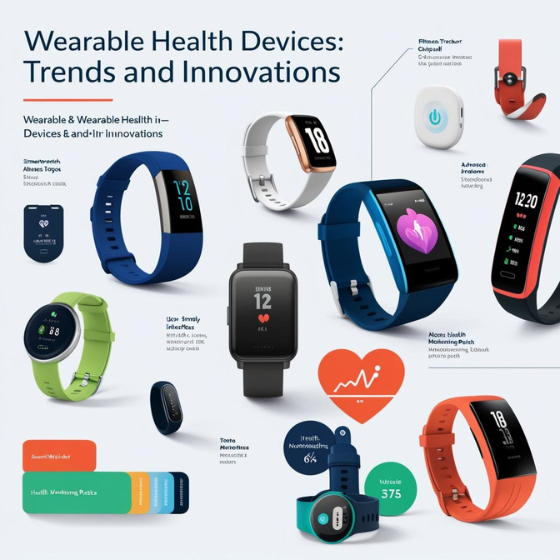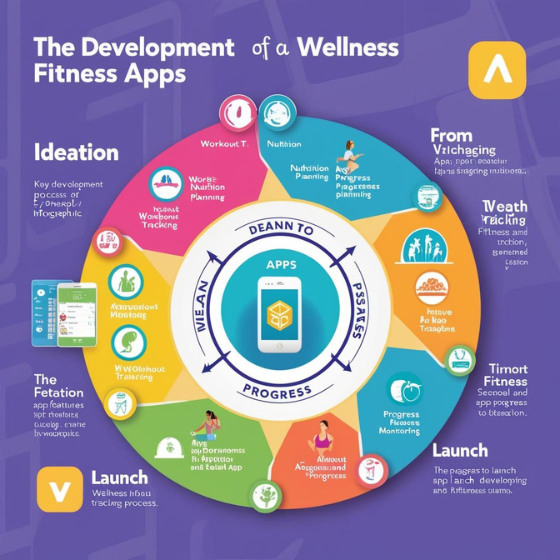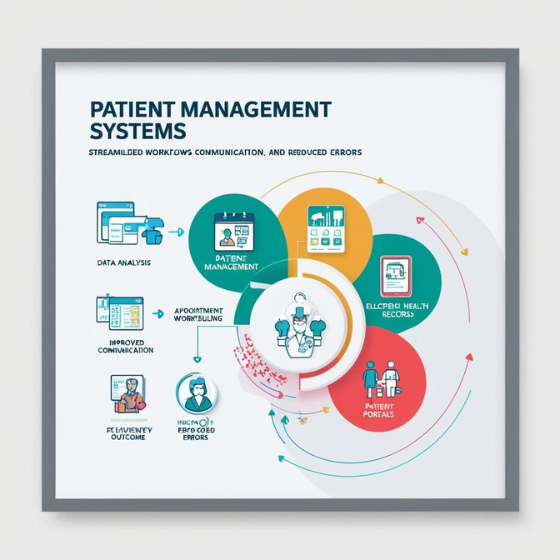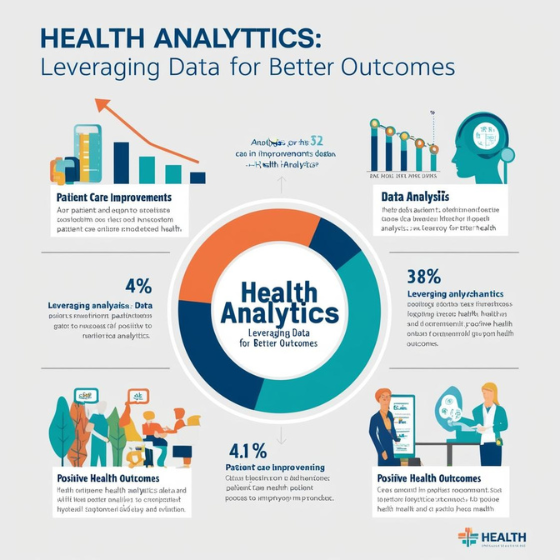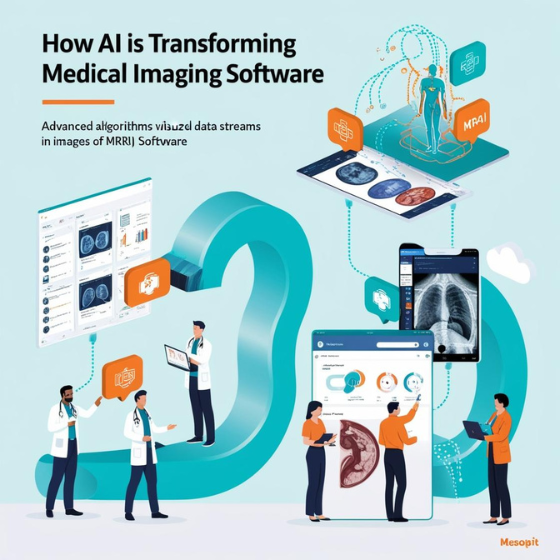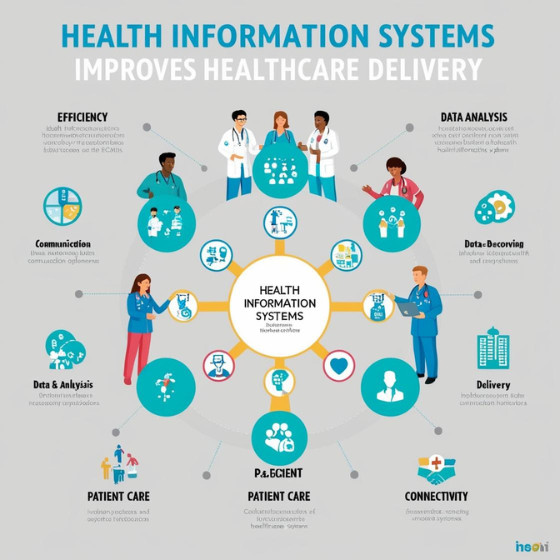Wearable Health Devices: Trends and Innovations
Imagine a world where your watch detects a potential heart problem before symptoms appear, or a patch on your arm helps manage diabetes in real-time. Welcome to the age of wearable health devices: trends and innovations redefining how we monitor, manage, and optimize health.
From fitness trackers to medical-grade wearables, these devices have become indispensable tools for improving personal health and enabling healthcare providers to deliver proactive care. In this blog, we’ll explore the latest trends, breakthrough innovations, and their impact on healthcare.
The Rise of Wearable Health Devices
Wearable health devices have witnessed a meteoric rise in recent years. According to a study by Deloitte, the global wearable market is expected to grow to $118 billion by 2028. This growth is driven by:
- Increased Health Awareness: Consumers are prioritizing fitness and preventive healthcare.
- Technological Advancements: Improved sensors and AI integration offer precise data.
- Healthcare Challenges: Wearables help monitor chronic diseases and bridge gaps in traditional healthcare systems.
These factors underscore the significance of wearable health devices: trends and innovations in shaping modern healthcare.
Top Trends in Wearable Health Devices
1. Advanced Biosensors
Modern wearables feature biosensors capable of monitoring vital signs like heart rate, oxygen levels, blood pressure, and even hydration. These devices go beyond fitness, helping detect early signs of medical issues.
Example: The Apple Watch Series 9 can measure blood oxygen levels and generate ECGs, assisting users in monitoring their cardiac health.
2. Personalized Health Insights
Wearable devices now integrate AI to analyze user data and offer tailored health advice. This shift empowers users to make informed decisions based on real-time data.
Example: Fitbit’s AI-driven insights suggest personalized workout routines and stress management strategies based on daily activity and sleep patterns.
3. Remote Patient Monitoring (RPM)
In healthcare, wearables enable RPM by transmitting data to healthcare providers. This innovation has been particularly valuable during the COVID-19 pandemic.
Example: Continuous glucose monitors (CGMs) like the Dexcom G6 allow diabetes patients to track glucose levels and share updates with their doctors remotely.
4. Sustainability and Design Innovations
Sustainability is gaining traction in the wearable industry. Companies are exploring biodegradable materials, solar charging, and energy-efficient sensors to minimize environmental impact.
Example: Garmin’s solar-powered smartwatches combine functionality with eco-friendly energy solutions.
How Wearable Health Devices Are Transforming Healthcare
1. Empowering Preventive Care
Wearable health devices help identify potential health risks before they escalate, allowing for early interventions. This reduces hospital visits and enhances patient outcomes.
- Chronic Disease Management: Devices like asthma inhaler trackers and sleep apnea monitors help patients manage their conditions.
- Early Diagnosis: Tools like KardiaMobile detect atrial fibrillation (AFib) before it leads to serious complications.
2. Enhanced Patient Engagement
By giving patients access to their health data, wearable devices promote accountability and active participation in their wellness journey.
- Patient Portals: Users can access detailed insights via mobile apps synced with wearables.
- Gamification: Features like activity streaks and fitness challenges keep users motivated.
3. Revolutionizing Clinical Trials
Wearables simplify data collection in clinical trials, offering continuous, real-world data. This approach accelerates drug development and improves trial accuracy.
Example: Pharma companies use wearables like ActiGraph to monitor patient activity and gather compliance data during trials.
Innovations to Watch
1. Wearables for Mental Health
Devices like Muse and Cove offer neurofeedback to reduce stress and improve sleep. These innovations address mental health issues, often overlooked in wearable tech.
2. Smart Clothing
Smart fabrics embedded with sensors monitor parameters like posture, muscle activity, and temperature.
Example: Hexoskin shirts track heart rate, breathing, and movement during workouts or daily activities.
3. Implantable Wearables
The future of wearables might include devices implanted under the skin, offering seamless health tracking and integration with other systems.
How Sodio Can Help Your Wearable Health Device Business
Sodio specializes in developing innovative solutions for wearable health devices, helping businesses thrive in this dynamic market.
Our Expertise Includes:
- Custom App Development: Seamlessly integrate your device with user-friendly mobile applications.
- Data Analytics: Provide actionable insights by analyzing user data.
- IoT Integration: Enable connectivity and interoperability between devices and healthcare systems.
- Regulatory Compliance: Ensure your device meets standards like FDA, GDPR, and HIPAA.
Explore our services and learn how we can transform your vision into reality.
Challenges in Wearable Health Devices
Despite their promise, wearable health devices face challenges:
- Data Privacy Concerns: Users are cautious about sharing personal health data.
- Battery Life: Advanced sensors require longer-lasting batteries.
- Accessibility: Cost remains a barrier for widespread adoption.
Overcoming these hurdles requires innovation, collaboration, and a commitment to user trust—something Sodio can help you achieve.
FAQs About Wearable Health Devices
Q: How accurate are wearable health devices?
A: While consumer-grade wearables offer good estimates, medical-grade devices provide clinical-level accuracy.
Q: Can wearables replace traditional healthcare?
A: No, they complement traditional healthcare by offering additional insights and enabling preventive care.
Q: Are wearable health devices safe?
A: Yes, reputable devices comply with safety and data protection standards.
Conclusion
Wearable health devices: trends and innovations are not just reshaping personal health but transforming the entire healthcare landscape. From empowering individuals with real-time data to revolutionizing how clinicians monitor patients, wearables represent the future of proactive, personalized care.
Are you ready to lead the charge in wearable health innovation? Partner with Sodio to build cutting-edge solutions that redefine healthcare. Contact us today.
